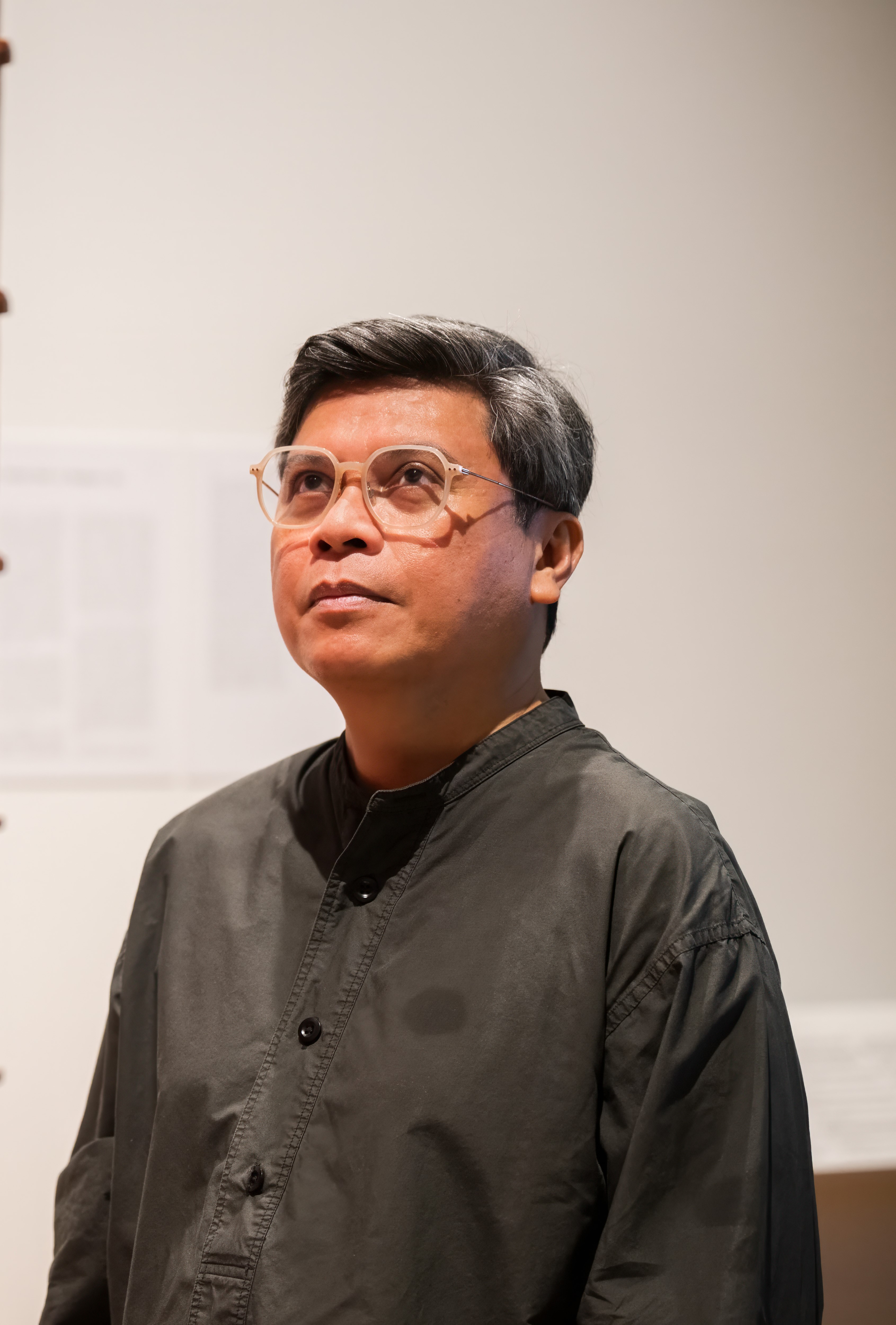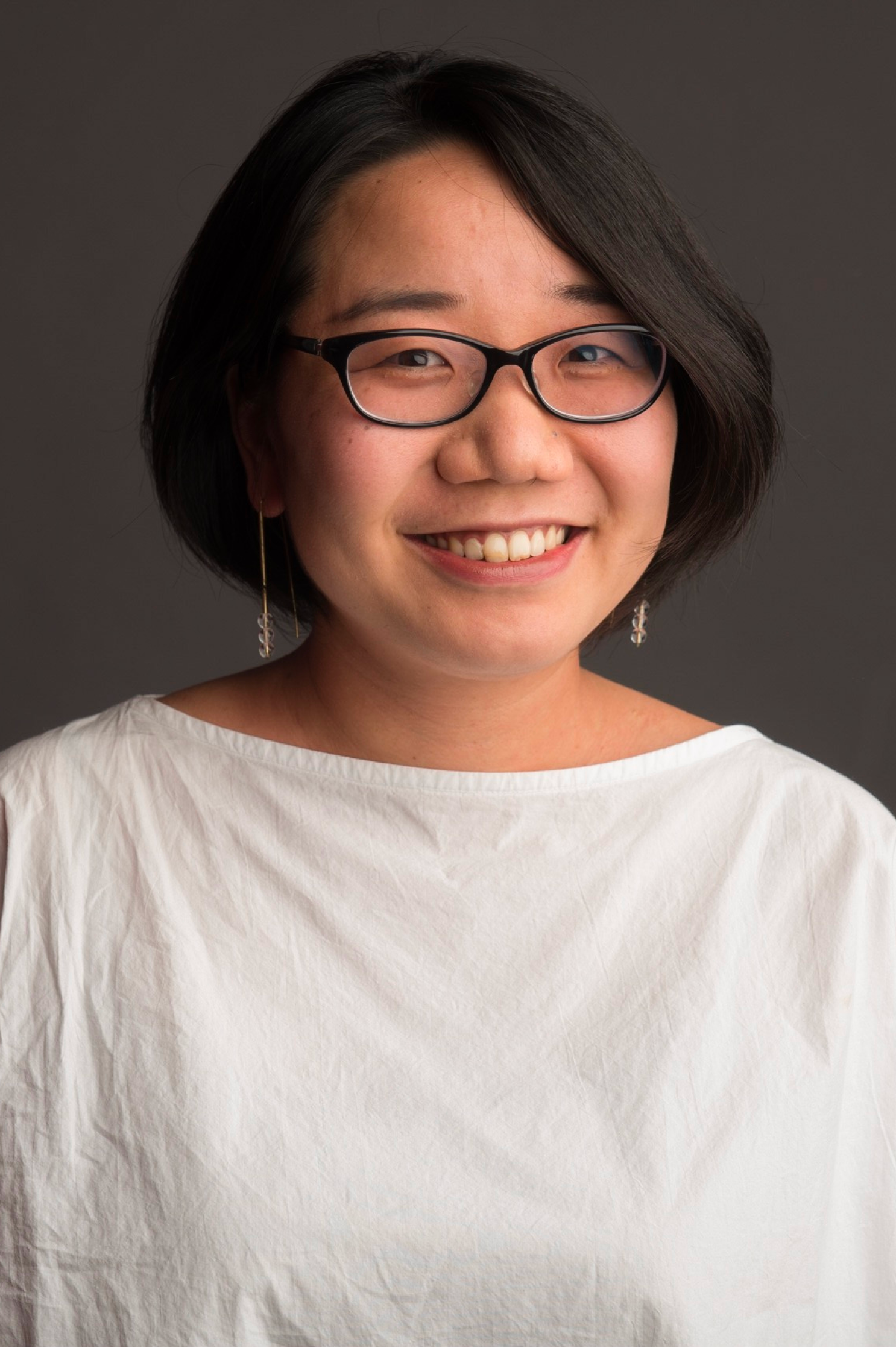.png)
How do we reframe the art history of Paris? How might we re-map the city through the eyes of migrant artists?
The symposium City of Others, City of Migrants: Art in Paris, 1920s–1940s invites you to examine how artistic consciousness shifts when Asian artists encounter a new city and culture while rediscovering the cultures of one’s origins.
-
When: Fri 6 Jun, 7:30pm – 8:30pm | Sat 7 Jun, 10:30am – 6:00pm - Suitable For: All
- Where: Level B1, City Hall Wing, The Ngee Ann Kongsi Auditorium
- Registration required: Standard S$20 | Concession S$10
Symposium Sypnosis
The exhibition City of Others: Asian Artists in Paris, 1920s–1940s offers a new perspective on Paris during a formative period in modern art by exploring the experiences of Asian artists such as Georgette Chen, Foujita Tsuguharu, Sanyu and Lê Phổ.
Held in conjunction with the exhibition, the symposium City of Others, City of Migrants: Art in Paris, 1920s–1940s, is anchored by questions such as “How do we reframe the art history of Paris?” and “How might we re-map the city through the eyes of Asian migrant artists?” It will further explore these lines of inquiry through keynote lectures by and conversations with curators and scholars including Inaga Shigemi (Professor Emeritus, International Research Center for Japanese Studies, Kyoto & Postgraduate University for Advanced Studies, Hayama), Eric Lefebvre (Director, Musée Cernuschi) and Denise Murrell (the Meryl H. and James S. Tisch Curator at Large, The Metropolitan Museum of Art), as well as the curatorial team for the exhibition from National Gallery Singapore, Phoebe Scott (Senior Curator), Cai Heng (Senior Curator), Horikawa Lisa (Senior Curator), Roy Ng (Assistant Curator), Teo Hui Min (Curator) and Patrick Flores (Chief Curator).
The symposium will consider Paris as both a site of connection and opportunity, as well as one of exploitation and appropriation. The speakers will examine how artistic consciousness shifts when Asian artists encounter a new city and culture while rediscovering the cultures of their origins.
City of Others, City of Migrants: Art in Paris, 1920s–1940s is supported by the Ministry of Culture, Community and Youth of Singapore (MCCY), with special thanks to Strategic Partner, Singapore Tourism Board.
Symposium outline
Friday, June 6
National Gallery Singapore, City Hall Wing, Level B1, Auditorium
Doors open at 7:00 PM
7:30 PM | Welcome remarks
Patrick Flores, Chief Curator, National Gallery Singapore
7:35 – 8:35 PM | Opening Keynote Lecture — “City of Others” and the Harlem Renaissance: Trans-Atlantic connections in Paris
Denise Murrell, Meryl H. and James S. Tisch Curator at Large, Office of the Director, The Metropolitan Museum of Art, New York.
With Q&A moderated by Phoebe Scott (Senior Curator and Curator of Research Publications, National Gallery Singapore)
Saturday, June 7
National Gallery Singapore, City Hall Wing, Level B1, Auditorium
Doors open at 10:00 AM
10:30 – 10:35 AM | Welcome and programme introduction
Adele Tan, Senior Curator, Assistant Director (Curatorial Programmes), National Gallery Singapore
10:35 – 11:35 AM | Exhibition Lecture —Paris as a “City of Others”: Researching Asian Experiences.
Phoebe Scott, Senior Curator and Curator of Research Publications, National Gallery Singapore
With Q&A moderated by Adele Tan
11:40 – 12:40 PM | Research Presentations:
Mapping Paris: sites of practice for the Asian Artist
Teo Hui Min, Curator, National Gallery Singapore
Photographic Others: Deconstructing the “Exotic” in Interwar Paris
Roy Ng, Assistant Curator, National Gallery Singapore
With a discussion moderated by Adele Tan
12:40 – 2:00 PM | Lunch Break
Lunch will be provided
2:00 – 3:00 PM | Casting Shadows and Triggering Resonances: Japanese Modern Artists in Paris—from the circular and spiral model of artistic exchanges between Asia and Euro-America.
Inaga Shigemi, Professor Emeritus, International Research Center for Japanese Studies (Nichibunken), Kyoto; Postgraduate University for Advanced Studies, SOKENDAI; Hayama & Visiting Professor, Open University of Japan, Housou Daigaku, Makuhari.
With Q&A moderated by Horikawa Lisa, Senior Curator and Director of Curatorial and Collections, National Gallery Singapore.
3:10 – 3:20 PM | Short Break
3:20 – 4:20 PM | Keynote Lecture — " Three Generations of Chinese Artists in Paris, Networks and Connections.”
Eric Lefebvre, Director of Musée Cernuschi, Paris, France
With Q&A moderated by Cai Heng, Senior Curator, National Gallery Singapore
4:30 – 5:30 PM | Curatorial Roundtable —Interwar Paris as City of Others
Phoebe Scott, Cai Heng, Horikawa Lisa, Roy Ng and Teo Hui Min
With a discussion moderated by Patrick Flores
Featured Speakers & Moderators
Abstracts
Day 1
City of Others and the Harlem Renaissance: Transatlantic Connections in Paris
Densie Murrell
During the 1920s-40s, Paris was the site of a multinational cohort of artists whose presence was a central factor in the development of early modernist art. Denise Murrell will discuss the lives and work of members of the Harlem Renaissance, the first African American-led movement of international modern art, during their extended periods of expatriation in interwar Paris.
She will explore these artists’ varying approaches to aesthetic strategies reflective of their quest for artistic and personal freedom at a time of pervasive racial segregation in the United States. She will chronicle their cross-cultural affinities with artists across four continents, in alignment with shared objectives to depict modern life in a manner that became definitive of the closing decades of colonialism.
She will review the artists’ varying approaches to debates including the influence of African vs Western aesthetics, the development of modern modes of portraiture in refusal of ethnic stereotypes, and the deployment of cityscapes and still life as a language of artistic freedom. The Black American modernists thereby manifest parallels and affinities with the concerns of other expatriate artists, from Asia and beyond, and with selected European peers, whose artistic vision collectively conveyed the faceted lived experience of multiethnic Paris.
Day 2
Paris as a “City of Others”: Researching Asian Experiences
Phoebe Scott
Describing interwar Paris as a “city of others” allows for a reframing of that city’s reputation for cosmopolitanism. Paris in the 1920s-40s experienced a new peak in the number of foreign residents, was a site of diverse migrant communities, and attracted hundreds of artists from Asia. Yet, in the same period, the city was the capital of a colonial empire, could be a space of cultural and racial hierarchies, and even a xenophobic tilt in art criticism. Drawing on the idea of “otherness” – which can connote strangeness or estrangement, difference, as well as exoticism – this lecture will introduce how notions of the “French” and the “foreign” were especially loaded in the modernism of Paris in this period. How did such ideas affect the reception and experiences of the artists from Asia, who worked or exhibited in Paris at this time? Drawing on research conducted for the exhibition City of Others, this lecture will highlight Asian experiences within three distinctive areas of interwar modernism: the “exoticism” of Art Déco, the network of art colonial and the aesthetics of the “Return to Order.”
Mapping Paris: sites of practice for the Asian Artist
Teo Hui Min
This presentation explores Paris through zones of artistic practice for Asian artists between the 1920s and 1940s by examining how the city shaped their development, visibility, and networks of exchange. Anchored within the broader framework of the City of Others exhibition, the study identifies a constellation of urban sites—studios, schools, salons, galleries, and other sites of exhibition—that served as nodes of artistic formation and display.
While the concentration of studios in Montparnasse provided space for experimentation and access to transnational artistic circles and independent academies, more formal institutions, and sites of presentation—such as the Grand Palais, commercial galleries, and museums along the Seine—operated as gatekeepers of visibility and legitimacy. Tracing the Asian artist’s navigation of these sites, consider how Paris operated not simply as a backdrop for artistic development, but through active zones of power, pedagogy, and practice for the Asian artist.
Photographic Others: Deconstructing the “Exotic” in Interwar Paris
Roy Ng
This paper examines how photography shaped—and simultaneously disrupted—the construction of the “exotic” in interwar Paris through two artist pairings: Umrao Singh Sher-Gil and his daughter Amrita Sher-Gil, alongside Man Ray and Wifredo Lam. It first frames photography’s entanglement with imperial display and cultural spectacle, tracing how motifs and subjects from the colonies were circulated, aestheticized, and instrumentalized as surrogate markers of “native” authenticity. Yet these visual systems, while cloaked in “neutral” ethnography, reveal internal contradictions—producing ambiguities and cultural slippages. Within the cosmopolitanism of Paris, photography became a space for mimicry, subversion, and theatrical self-fashioning: Umrao and Amrita Sher-Gil engaged in visual dialogue—one with the camera, the other the brush—to reframe the exotic as mutable and leverageable, while Lam deployed Afro-Caribbean iconography to unsettle the Surrealists’ fascination with non-Western art, particularly Man Ray’s fetishized portrayals of African objects. Straddling association with and estrangement from the West, the Sher-Gils and Lam expose the ambivalence of the colonial gaze and unsettle the fixities of self and Other. Photography emerges not as a passive document of empire, but as a site of instability—where subjectivity fractures, multiplies, and resists containment.
Casting Shadows and Triggering Resonances: Japanese Modern Artists in Paris—the Circular Spiral Model of Artistic Exchanges between Asia and Euro-America
Inaga Shigemi
The lecture will propose a circular spiral model of artistic exchange between Euro-America and Asia so as to overcome the linear, reciprocal model between the center and periphery. It also aims at renewing the notion of “influence” by referring to the “shadow and resonance” model in reference to the Chinese terminology. The main body of the lecture will consist of testing the validity of this theoretical model by examining concrete cases from the Japanese artists in Paris during the Inter-war period. Special attention will be paid to the specificities of artists hailing from Kyoto and Kansai area vis-a-vis the capital Tokyo and its vicinity. The discussion will not only include Yoga (Western style oil painting) but also Nihonga (“Japanese” style paintings) and Toyoga (“Oriental” style paintings) in renovation, as well as the decorative arts in the context of Art déco. This scope will allow us to consider international solidarities and friendship among the Asian artists in the age of colonial empire. The dichotomy between modernity and tradition, Westernisation and vernacular culture, High vs. applied arts, the coloniser and the colonised as well as gender relations should be drastically re-examined in this renewed framework.
Three Generations of Chinese Artists in Paris, Networks and Connections.
Eric Lefebvre
The activity of Asian artists in Paris in the 20th century is a major phenomenon within the international cultural exchanges that shaped 20th-century art. The lives and work of these artists depend closely on their travels between Europe and Asia, as well as on intra-European and intra-Asian journeys. This complex phenomenon can be explained by the study of artistic and cultural networks which, through official or private exchanges, allow a better understanding of the contexts of formation and reception of their works. The case of Chinese artists from the interwar period, such as Xu Beihong and Sanyu, who returned to Paris after a stay in Japan, is typical. The impact of their return to China on the training of a new generation of artists, some of whom would later return to France, is equally significant, as suggested by the careers of Wu Guanzhong and Zao Wou-ki.
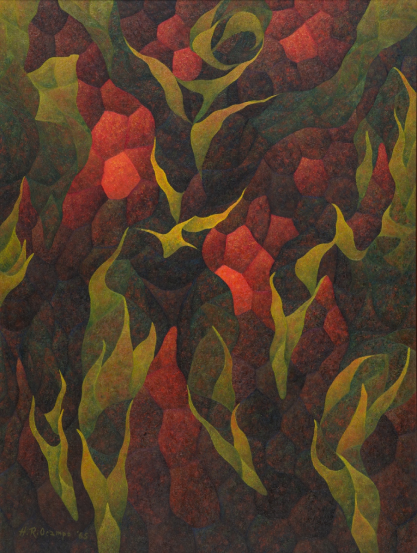
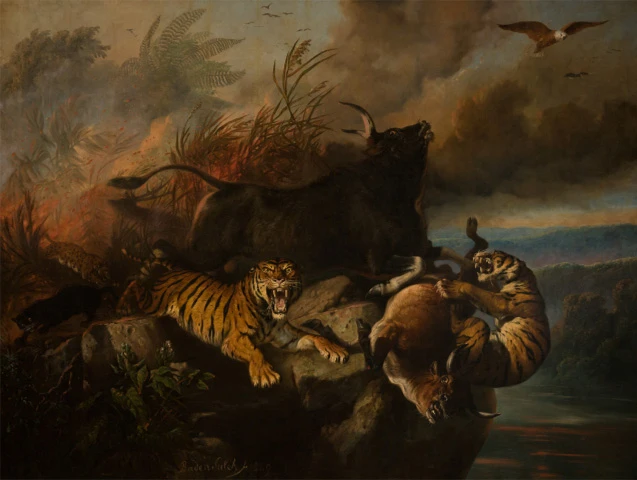
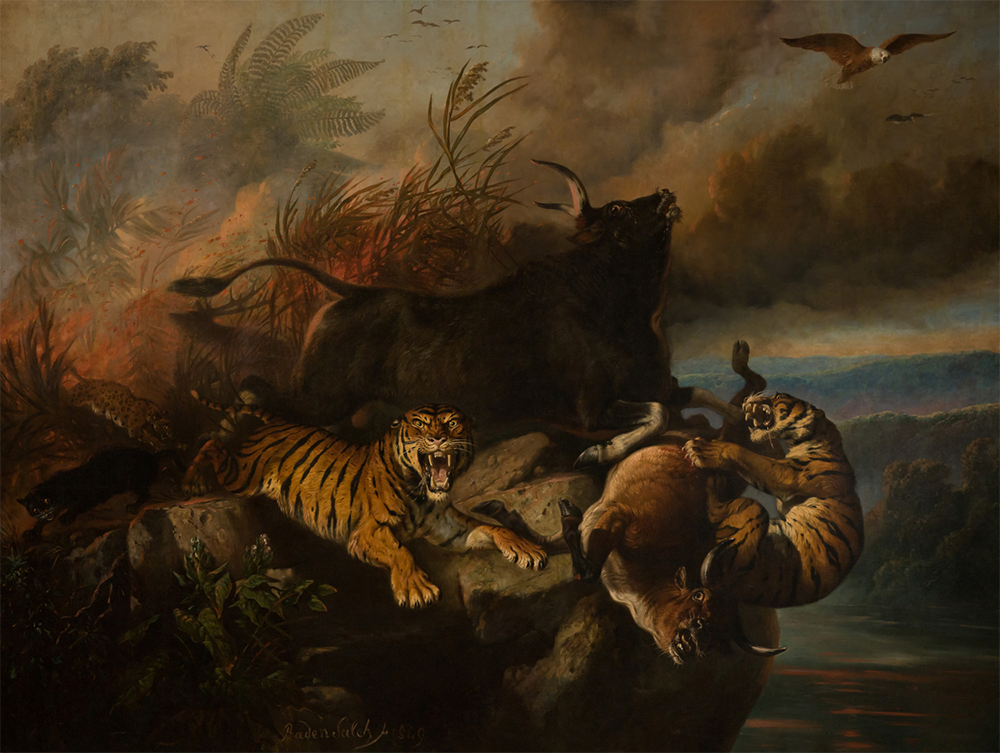
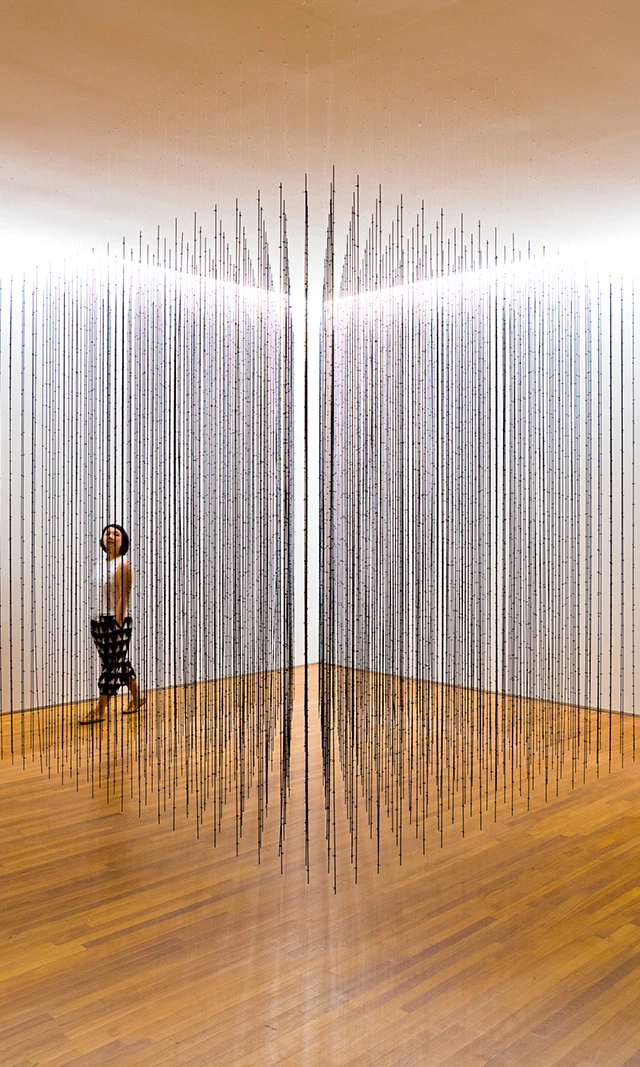
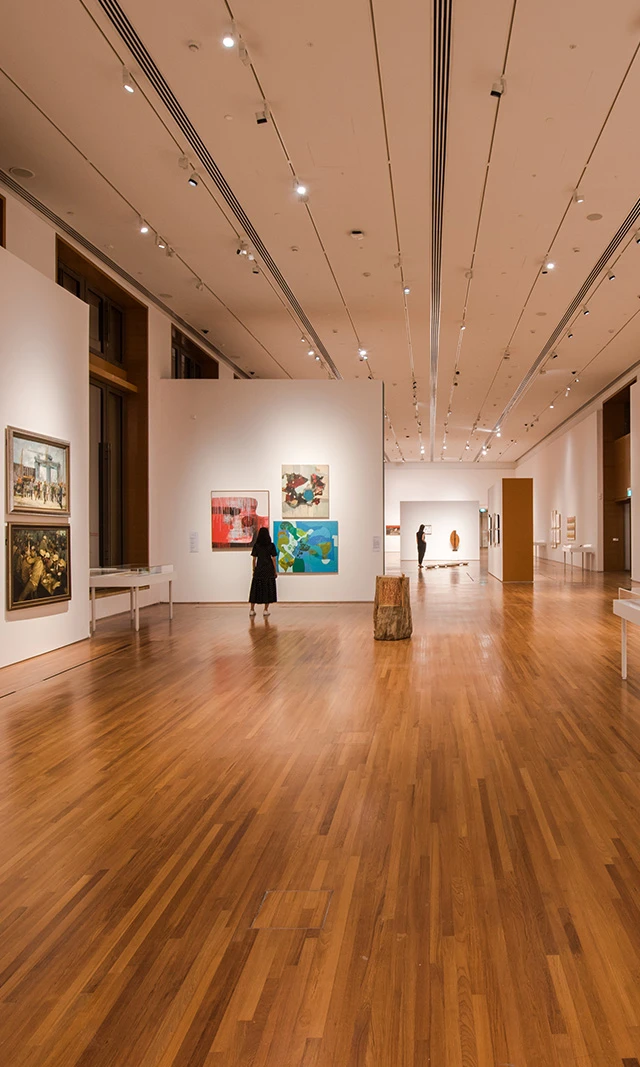
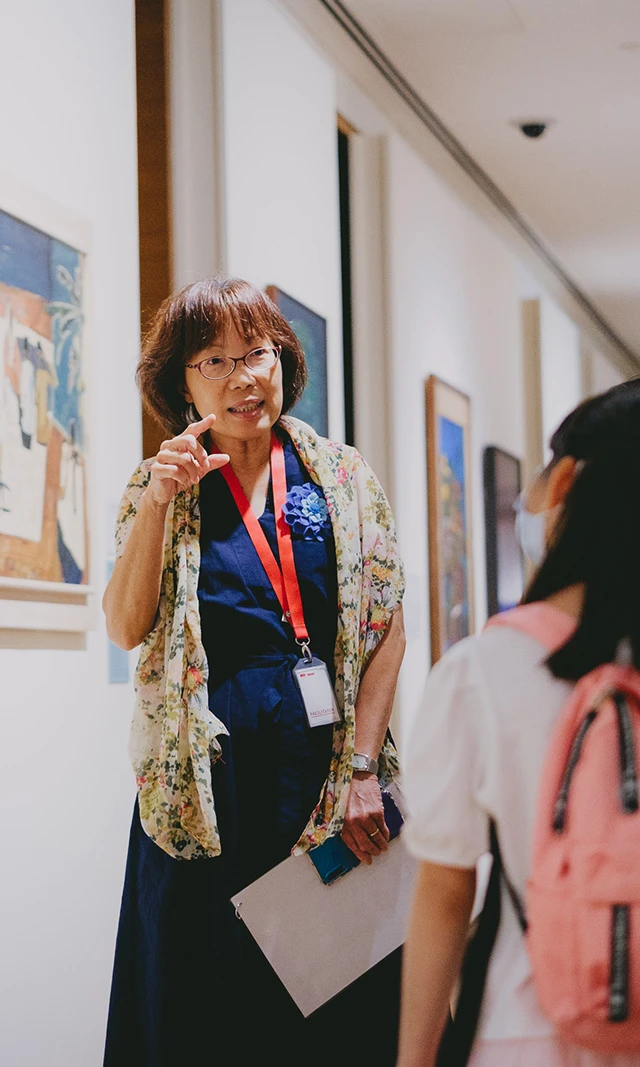
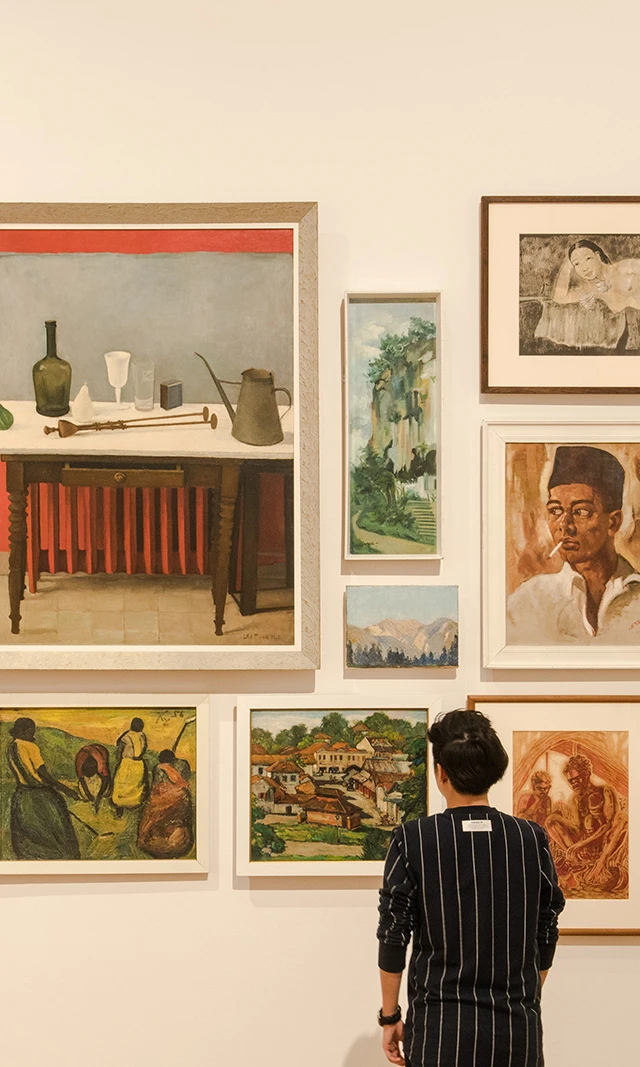
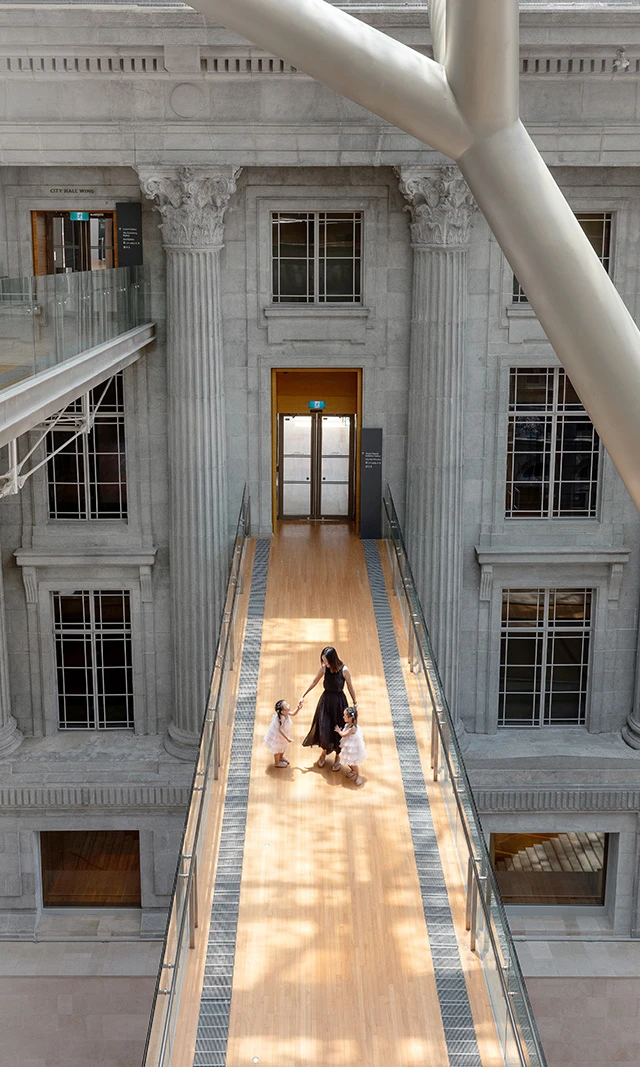
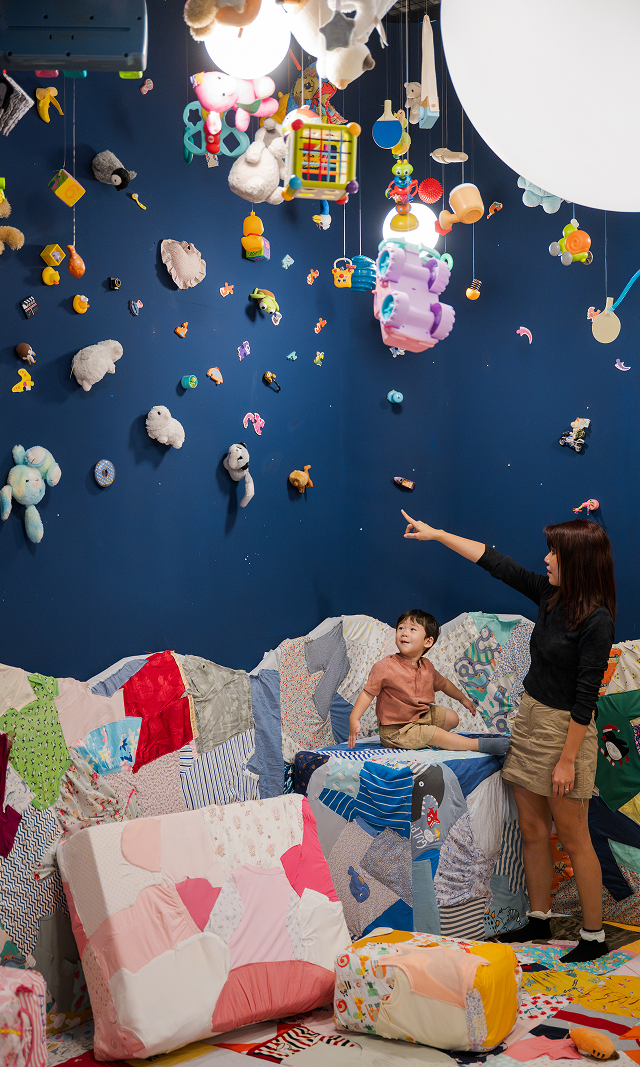
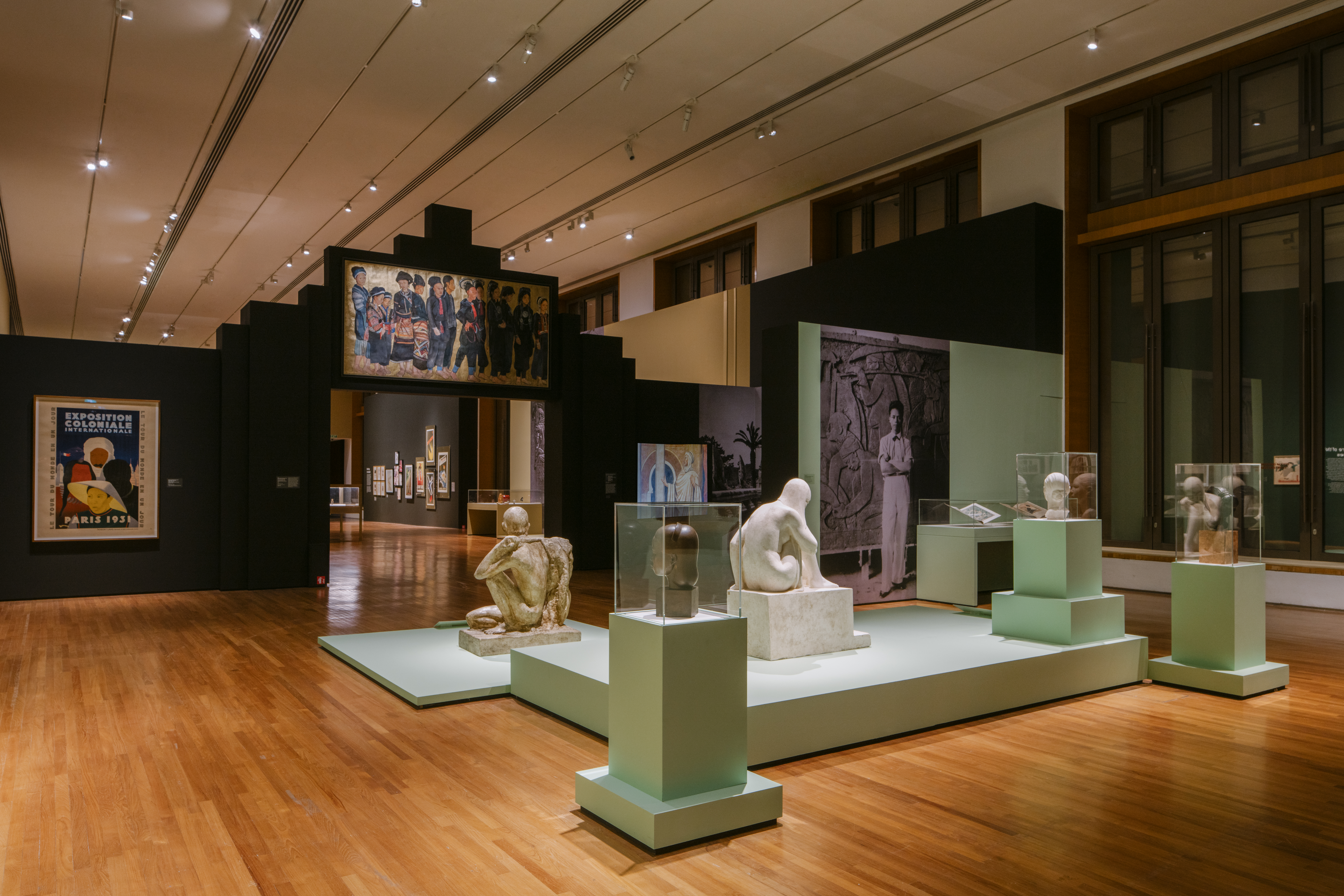
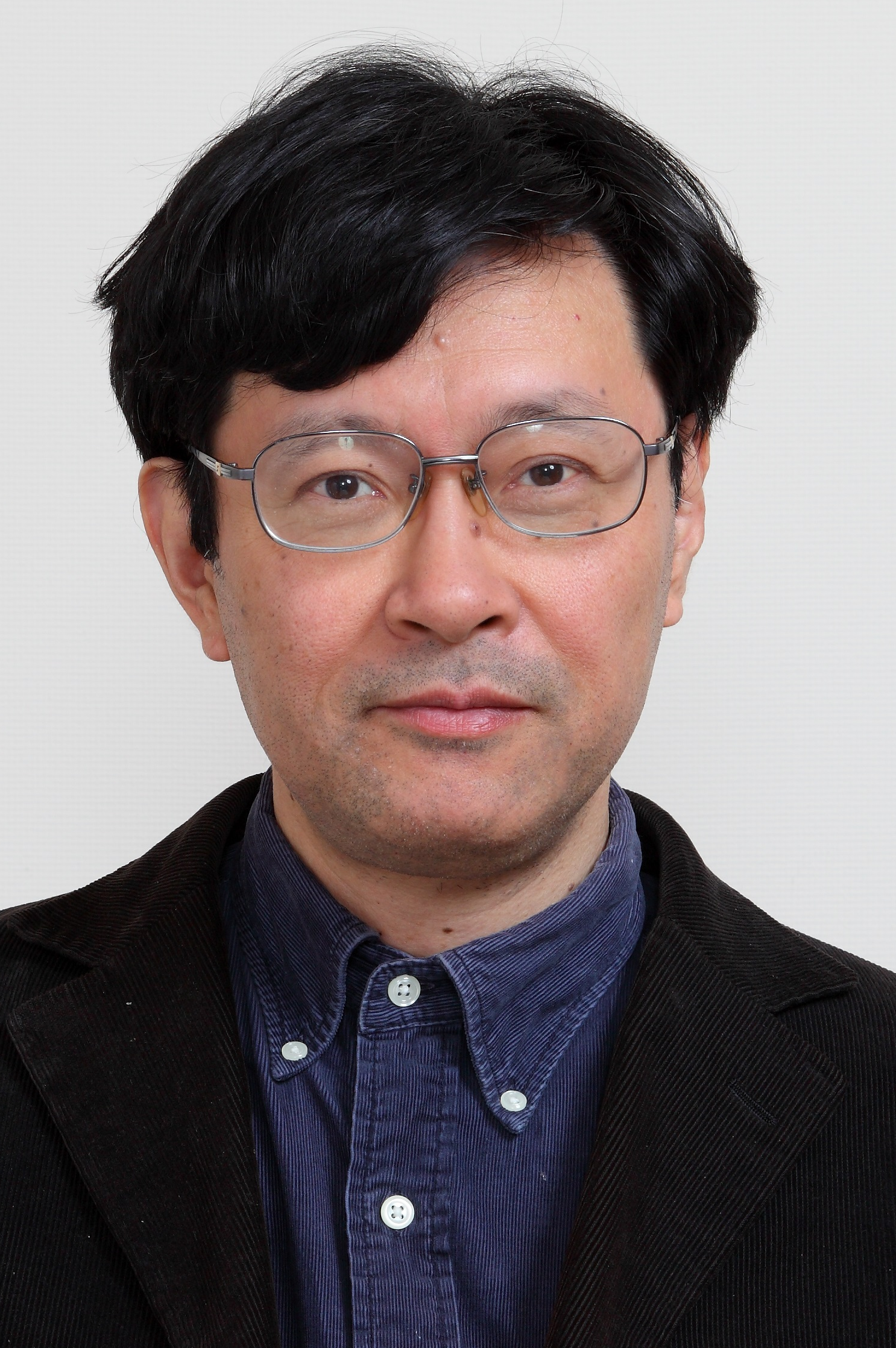
.jpg)
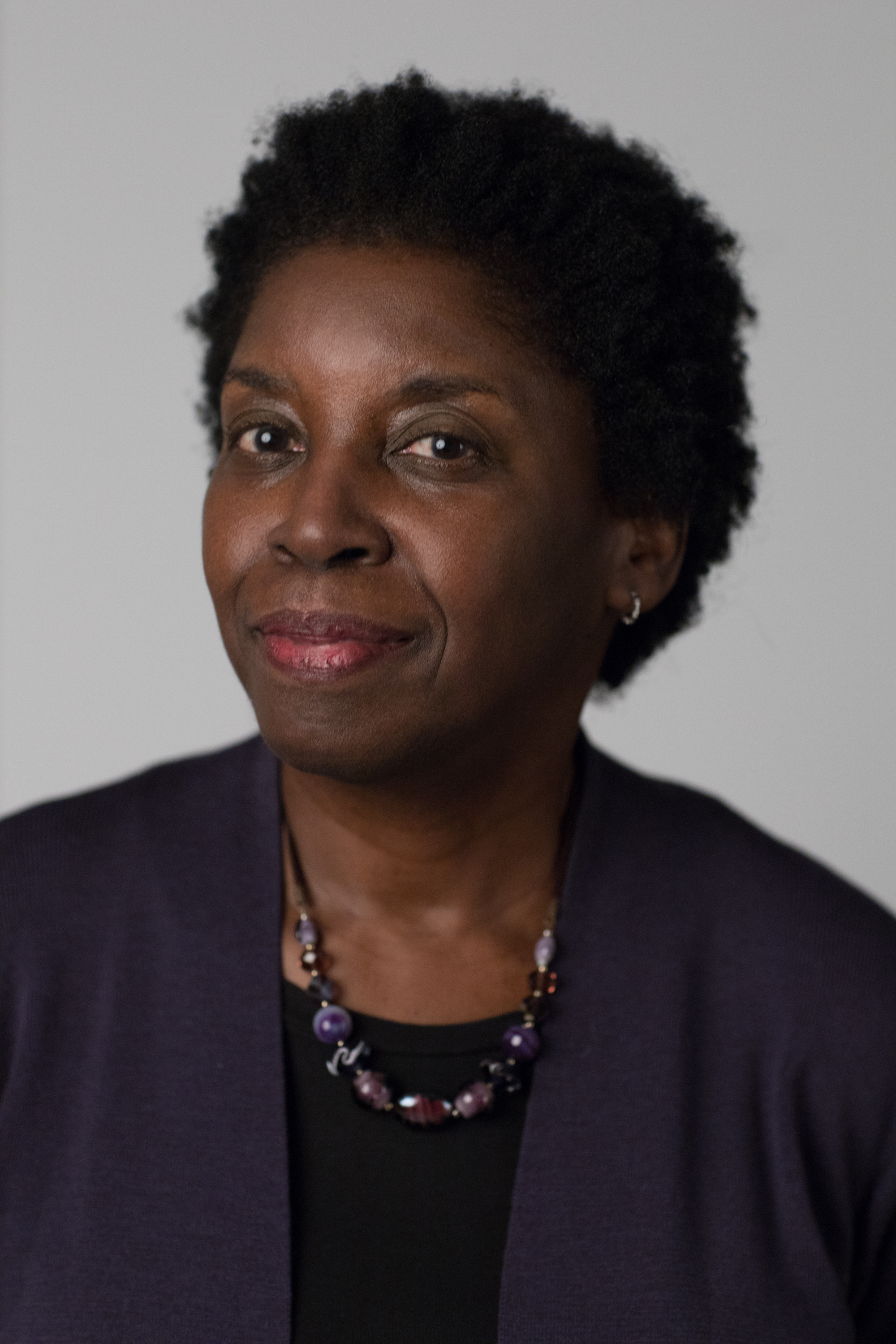
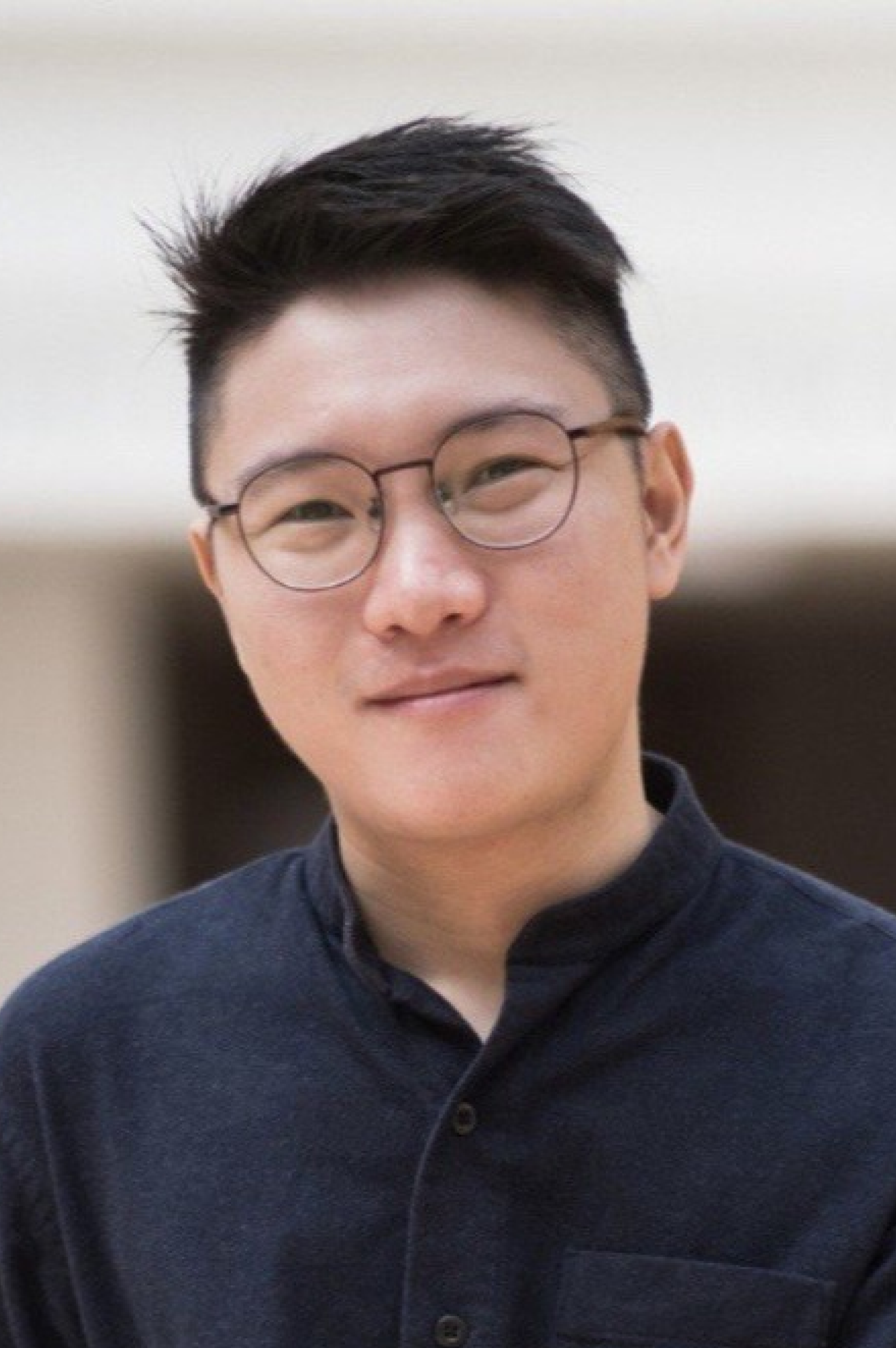
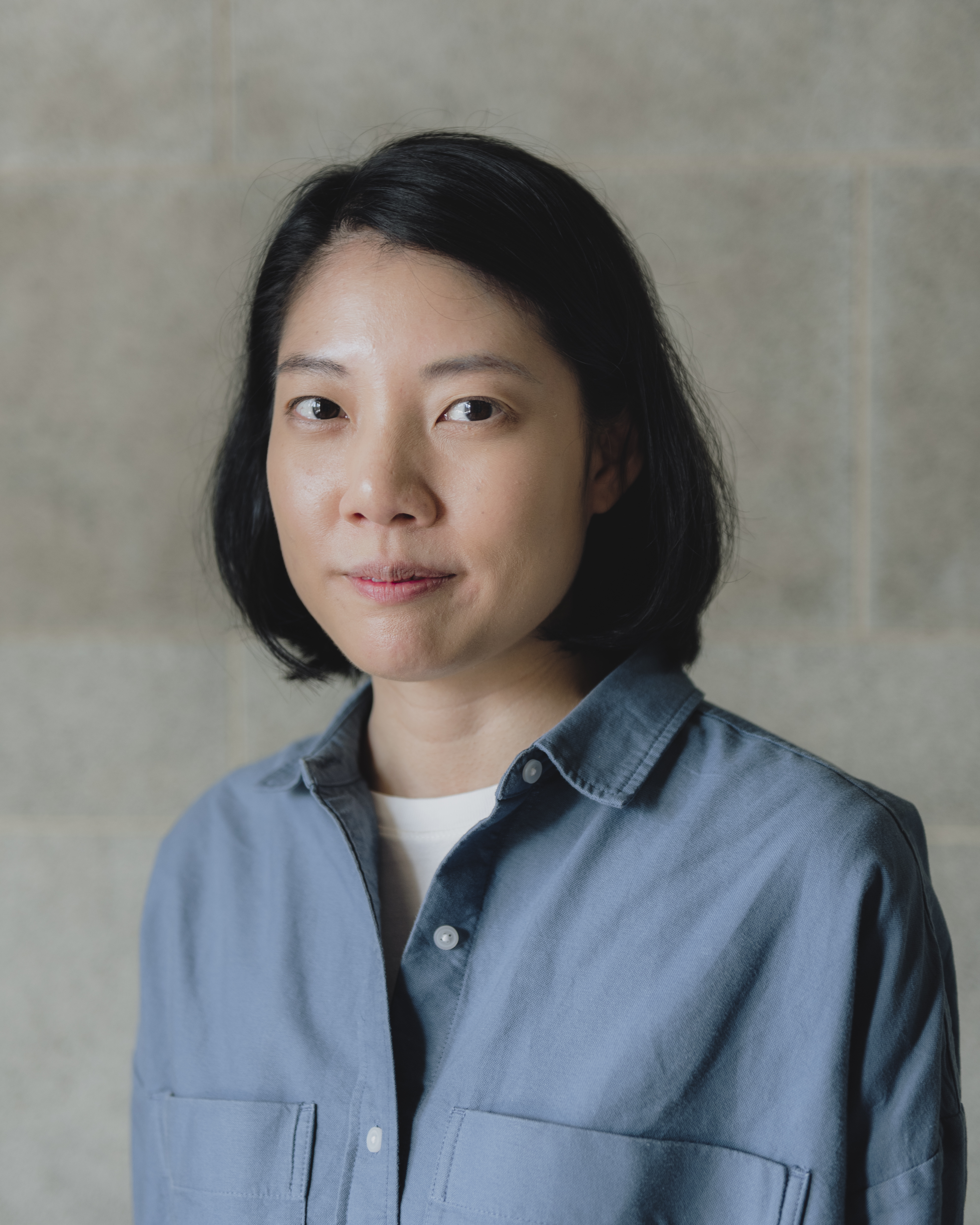
.jpeg)
